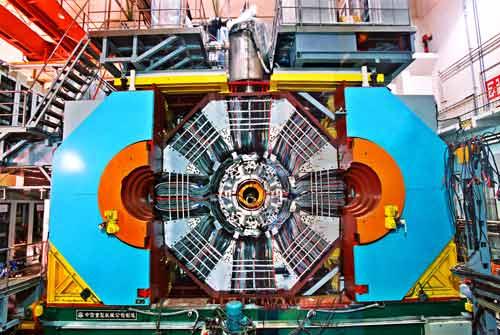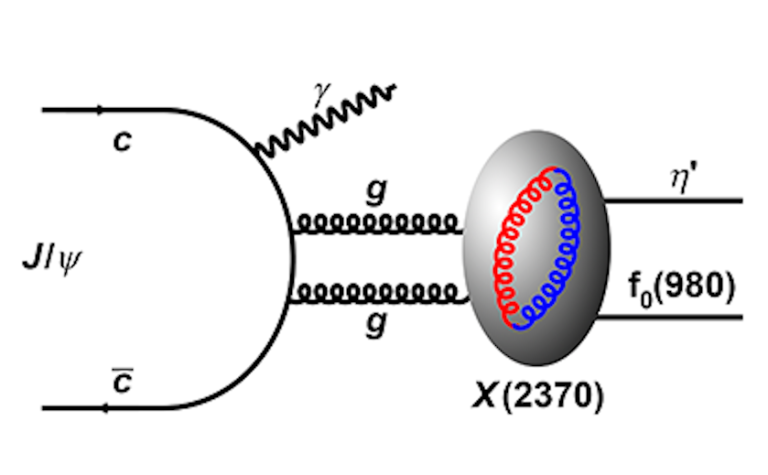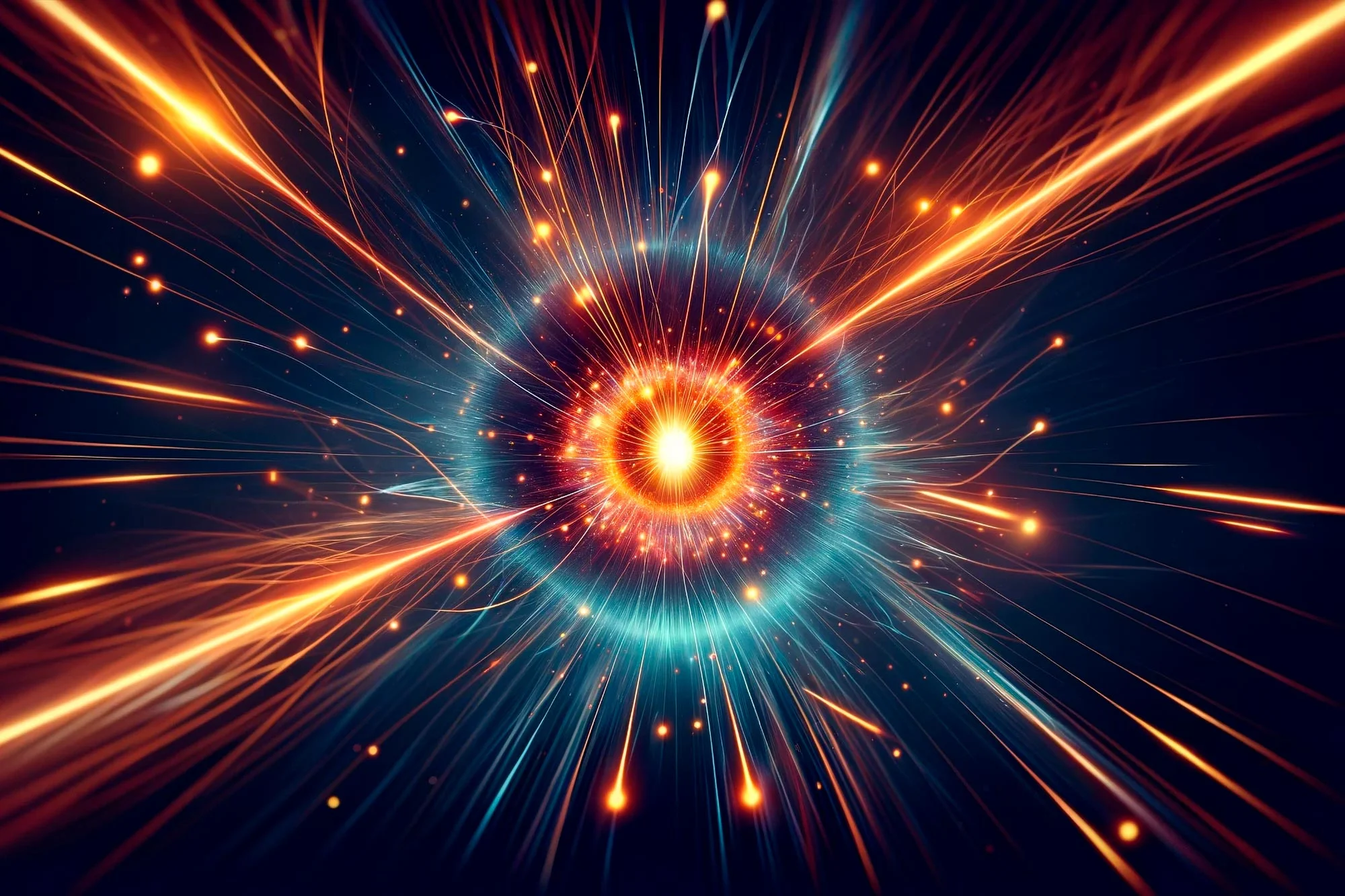The Standard Model of particle physics is the cornerstone theory that elegantly encapsulates our understanding of the fundamental forces and particles that constitute the universe. Think of it as a sort of Periodic Table for particle physics. This model categorizes all known subatomic particles, including six types of quarks, six types of leptons (such as the electron), and force-carrying particles like photons for electromagnetism, gluons for the strong force, and W and Z bosons for the weak force.
Protons and neutrons are not part of the Standard Model because they are bigger particles made out of quarks. All bigger particles and all matter are made out of just quarks and leptons.
Among the many particles predicted by the Standard Model, some oddballs have so far escaped confirmation. This includes “glueballs”, or bundles of particles made entirely of gluons, the particles that transmit the strong force. In other words, a glueball is a particle made entirely of force. Star Wars fans, rejoice!
Don’t let the goofy name fool you. Glueballs are extremely interesting — and despite their elusive nature, many particle physicists worth their salt are convinced they truly exist. Most recently, decades-long work at a particle collider in Beijing might have finally found the first evidence of a glueball, a new particle called X(2370) that decays from a specific type of meson, known as J/ψ.
A ball made of force

The key difference between glueballs and other particles lies in their composition and the interactions they involve. In typical hadrons, such as protons and neutrons, gluons act as the “glue” that mediates the strong force between quarks. In contrast, glueballs are pure gluonic states — essentially, clusters of gluons binding to each other. This self-interaction is a unique feature arising from the property of gluons being able to interact with each other, unlike other force carriers like photons in electromagnetism.
Detecting and studying glueballs is challenging because they are expected to mix with other quark-containing particles and decay into more familiar particles, making them elusive in experimental observations.
Since it first went online in 2008, the Beijing Spectrometer III — a particle detector experiment situated at the Beijing Electron-Positron Collider — has recorded a whopping 10 billion events that formed J/ψ particles. These are some of the most unstable particles out there, existing for the briefest moment before decaying into something else, including the newly identified X(2370) particle.
X(2370) presents intriguing properties consistent with those expected of a glueball. It exhibits no electric charge, odd parity, and a mass within the predicted range for the lightest glueball state. The findings also align remarkably well with Lattice quantum chromodynamics (QCD) predictions, a computational method that has only recently matured enough to predict such exotic particles with high precision.
According to the researchers in China, the statistical significance of the results is over 5-sigma. That means there’s just a 0.00006% chance of the reading being a random statistical anomaly.

More study is needed
Despite these promising results, there remain reasons for caution. The production rate and branching ratios of the X(2370) do not completely align with initial glueball expectations. It’s possible that this particle could represent another exotic state, such as a tetraquark, rather than a true glueball, remarked physicist and science journalist Ethan Siegel in a Big Think article.
“Nevertheless, with the production of many hundreds of thousands of X(2370) particles as the result of the decay of more than 10 billion J/ψ particles, we have now solidly measured more properties than ever of this exotic particle. It is now the most compelling, interesting candidate for a glueball: a species of composite particle that should exist, but that has never been seen before. More work still needs to be done to determine the full nature of the X(2370) particle, but this is the strongest evidence for the existence of a glueball ever put forth into the world. If no glueballs exist in all of nature, then something new is wrong with the Standard Model. If glueballs do exist, however, the X(2370) just might be the first one revealed to humanity,” Siegel wrote.
The new findings appeared in the Physical Review Letters.
Thanks for your feedback!

Dr. Thomas Hughes is a UK-based scientist and science communicator who makes complex topics accessible to readers. His articles explore breakthroughs in various scientific disciplines, from space exploration to cutting-edge research.







